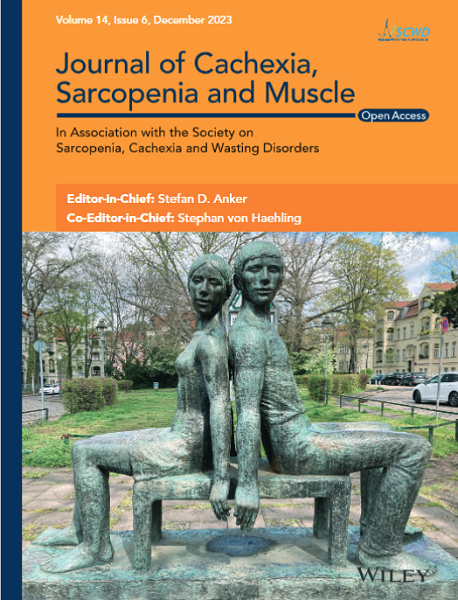The Impact of Radiation Dose on CT-Based Body Composition Analysis: A Large-Animal Study
Abstract
Background
CT-based body composition analysis (BCA) enables the extraction of biomarkers from routine CT data. The influence of body composition on the prognosis of different patient groups has been highlighted in recent years. Typically, the segmentation of muscle and fat compartments is performed with a thresholding-based subsegmentation, which might be influenced by the image noise as a function of radiation dose. This study was performed to investigate the impact of the radiation dose on a fully automated, volumetric CT-based BCA.
Methods
In this animal study, 20 Göttingen minipigs were subjected to CT scans on six occasions under five different dose settings with gradations compared to the control given in % from volumetric CT dose index (CTDIvol) of the control (5%, 10%, 20%, 40%, control [10.01 mGy]). A database with full dose (FD) and quarter dose (QD) CT scans from The Cancer Imaging Archive served as a human validation cohort. A previously open-source published and validated BCA network was applied to each scan. The following features were extracted as volumes (mL): bone, muscle, subcutaneous adipose tissue (SAT), intermuscular and intramuscular adipose tissue (IMAT), visceral adipose tissue (VAT) and total adipose tissue (TAT). Statistical significance was assessed by a one-way ANOVA with Tukey's multiple comparisons or Kruskal–Wallis with Dunn's post-hoc tests. The correlation between feature volumes in the dose gradations and the control group was analysed using the Spearman or Pearson method.
Results
All BCA features remained consistent up to the 10% group and showed no significant differences compared with the control. In the lowest dose group (5%), there were significant differences concerning the muscle (5% = 1295 mL [211 mL], control = 1338 mL [248 mL]; p = 0.032) and VAT volumetry (5% = 353 mL [208 mL], control = 312 mL [204 mL]; p = 0.026) with median differences of −3.13% (muscle) and 12.3% (VAT), respectively. Significant and strong positive correlations were observed between all low-dose groups and the control (r > 0.977, p < 0.001). The human validation analysis yielded constant volumes for every BCA feature with a strong positive correlation (r > 0.933, p < 0.001).
Conclusions
Fully automated BCA maintains consistent results in various low-dose settings. Significant deviations are only observed after more than 90% dose reduction in the lowest dose settings (5%), which are currently not used in the clinical routine. This large-animal study demonstrates the consistency of fully automated BCA in different dose settings and may therefore facilitate its integration into the clinical routine.


 求助内容:
求助内容: 应助结果提醒方式:
应助结果提醒方式:


